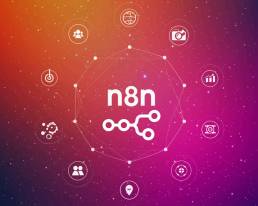Magento is a popular e-commerce platform that allows users to create and manage online stores.
One of the challenges of working with Magento is setting up a development environment that is consistent across different team members and machines. In this blog post, we will explore how to use Docker to create a local development environment for Magento.
Docker is a tool that allows developers to create and manage containers, which are lightweight, isolated environments that can run software and its dependencies.
By using Docker to set up our Magento development environment, we can ensure that everyone on our team is working with the same versions of the software and dependencies.
To get started, we will need to install Docker on our machine. Once that is done, we can use a pre-existing Magento Docker image to create a container for our development environment. One popular image is the “official” Magento image, which can be found on the Docker Hub.
We can use the following command to pull the Magento image and run a container using it:
This command will pull the Magento image, run it in detached mode, and map port 80 on the host machine to port 80 on the container. The --name option allows us to give our container a meaningful name.
Once the container is running, we can access the Magento installation by visiting “http://localhost” in a web browser. To stop the container, we can use the following command:
We can also use the docker start command to start the container again.
In addition to the official Magento image, there are also other images available that include additional software, such as a pre-installed database. The Magento image also allows to mount the magento directory on the host machine to the container, so we can work on our code and see the changes in real-time.
In conclusion, Docker is a powerful tool that can be used to create a consistent development environment for Magento. By using a pre-existing Magento Docker image, we can quickly set up a local development environment that is identical to the production environment, making it easier to catch and fix issues before they are deployed to production. We recommend using a docker image which replicates a live environment such as markshust/docker-magento
Let's talk
Want to learn more?
Let’s discuss how we can help you to maximize the performance of your ecommerce store and achieve your business goals.
April 24, 2025

